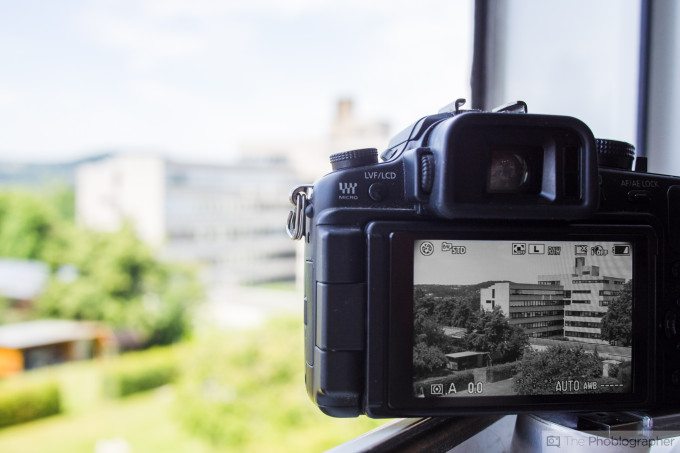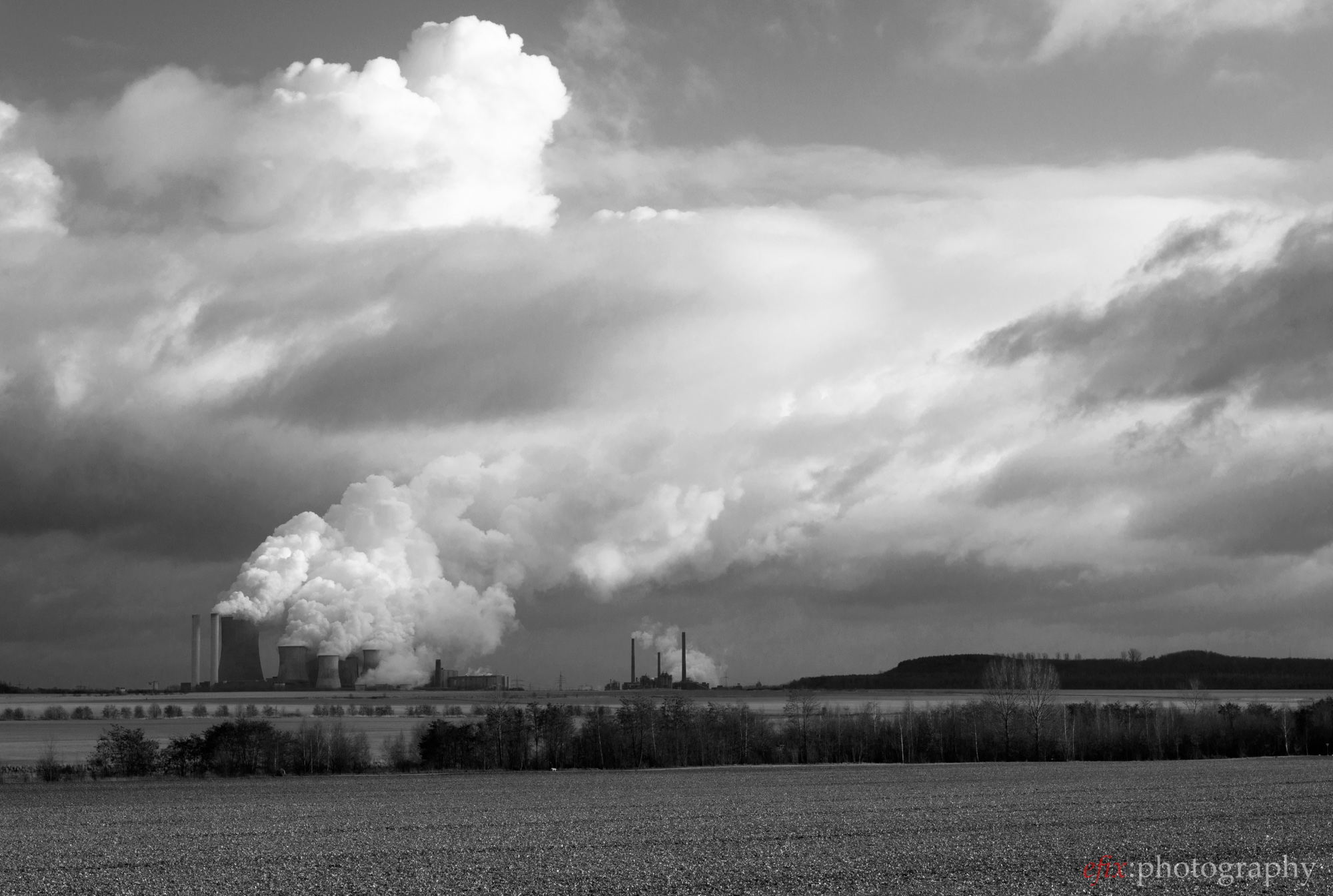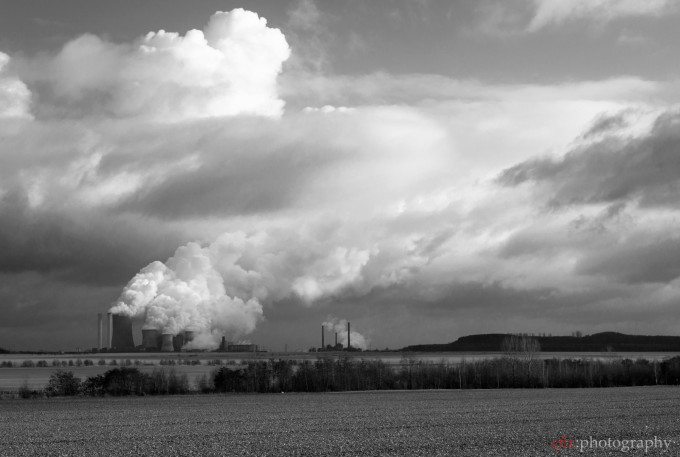Want more Useful Photography Tips? Check them out here.
Back in the days of film, when color wasn’t as commonplace as black-and-white, one of the most important things for any photographer to learn was to look past the colors they’d see in the viewfinder, and concentrate on the intensity of the light. Because when you shoot monochrome, you don’t get any color information, you get shades of grey. Equally important when shooting without color is composition, that is the various forms and shapes in an image and their relation to each another.
In general, learning to work with light and shapes is a good idea in photography, because it’ll help you get better pictures. Better in this case means pictures that are pleasing to the eye, and that evoke an emotional reaction in the viewer. Learning to see just the light and the shapes in an image, and to neglect all color information, is not an easy task. But luckily, in this day and age of digital cameras, there’s an easy and effective trick that’ll help you not be distracted by colors.
In order to help you concentrate more on light intensity, shapes and composition in your photography–regardless of whether you plan to have your final images with or without color information–what you need is a monochrome preview image. Most modern digital cameras have a dedicated black-and-white shooting mode, and in that mode the preview automatically switches over to monochrome. If black-and-white images are what you want, then you’re fine. If you’re not certain whether color or monochrome will work better for a given scene, here’s what you can do.

Set your camera to monochrome shooting, but at the same time save a JPEG image and a raw file. This way, you’ll instantly have a black-and-white image at your disposal, but if you so desire you can later still edit the raw file and either use the full color information, or do some additional editing to get the best monochrome look out of it. Most importantly, though, when composing the image, you won’t be distracted by color information and can concentrate on light and shapes entirely.
Of course, this doesn’t work with the optical viewfinder of a DSLR, which means you’ll have to resort to live-view. On a mirrorless camera with an integrated EVF, you’ll get the monochrome preview right in your viewfinder, just like you would on the rear screen. And with a camera that comes without an EVF, you don’t even have that issue to begin with. If you’d like to improve your photography by concentrating more on light and shapes, then this is something you should definitely give a try.
Also read: 15 Ways to Get Better Black and White Images



